Frank and Rhonda: Met Office reveals storm names
Naming storms is the Met Office's latest move in raising awareness of dangerous weather conditions
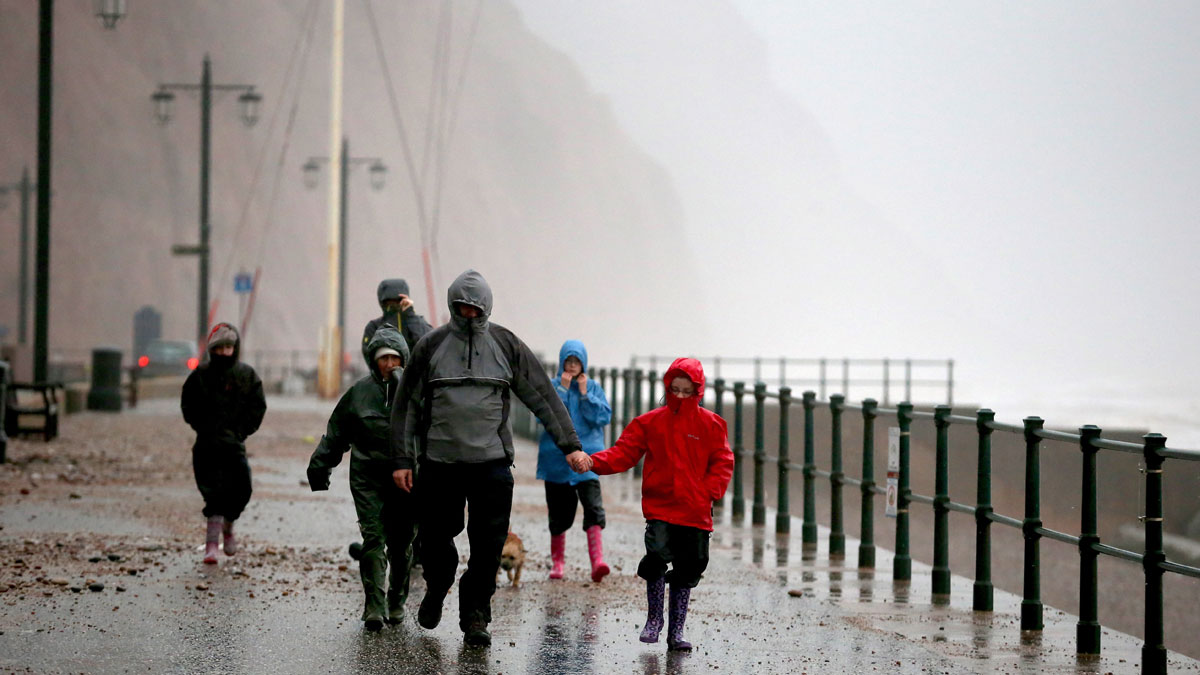
The UK Met Office and its Irish counterpart Met Eireann have released a list of future storm names in an initiative inspired by the US model of naming hurricanes.
The move is part of a pilot scheme aimed at raising awareness of dangerous weather. Experts say that naming storms, such as the St Jude's Day storm in October 2013, makes it easier for "the public to follow their progress and reference them on social media", says the Guardian.
In September, when the project was announced, the Met Office said that "the naming of storms using a single authoritative system should aid the communication of approaching severe weather through media partners and other government agencies". It added that in this way "the public will be better placed to keep themselves, their property and businesses safe".
The Week
Escape your echo chamber. Get the facts behind the news, plus analysis from multiple perspectives.

Sign up for The Week's Free Newsletters
From our morning news briefing to a weekly Good News Newsletter, get the best of The Week delivered directly to your inbox.
From our morning news briefing to a weekly Good News Newsletter, get the best of The Week delivered directly to your inbox.
Although only winds blowing at average speeds of 89-102kmh (55-63mph) are categorised as storms, and neither Britain nor Ireland are likely to get full-force Atlantic storms near their shores, the Met has said that names will be given at lower thresholds in order to raise awareness.
As it stands, 21 names have been chosen, one for each letter of the alphabet, except for Q, U, X, Y and Z, in line with the naming convention used by the US National Hurricane Center.
The names are Abigail, Barney, Clodagh, Desmond, Eva, Frank, Gertrude, Henry, Imogen, Jake, Katie, Lawrence, Mary, Nigel, Orla, Phil, Rhonda, Steve, Tegan, Vernon and Wendy.
Speaking to Ireland's The Journal, Met Eireann's head of forecasting Gerald Fleming said that certain names were deliberately avoided.
A free daily email with the biggest news stories of the day – and the best features from TheWeek.com
"We won't have a Storm Elizabeth for example, given our neighbours across the water. Or perhaps Enda – or Michael. Names of prominent people we would have to avoid," he said. "We have to be careful about these things."
Still, the naming process, which was based on suggestions offered by the public, has not come without its share of laughs:
Storm Ena Teacup: how you can name a UK storm
08 September
The UK Met Office and its Irish counterpart Met Eireann have launched a pilot scheme, asking the public to name storms that will hit the UK and Ireland over the next year.
Under the scheme, members of the public will be able to offer suggestions which will be compiled into a shortlist and used to name the storms throughout the remainder of this year and into 2016.
Derrick Ryall, head of the Public Weather Service at the Met Office, said: "We have seen how naming storms elsewhere in the world raises awareness of severe weather before it strikes. We hope that naming storms in line with the official severe weather warnings here will do the same and ensure everyone can keep themselves, their property and businesses safe and protected at times of severe weather."
The naming of severe weather systems has been a common practice in the US and Australia since the 1950s, although at first only female names were used, The Guardian notes. This changed in 1975 when the Australian science minister declared that "both sexes should bear the odium of the devastation caused by cyclones". The next year the US followed suit, adding French and Spanish names to the process too.
What is the aim of the Met Office pilot?
The Met Office and the Met Eireann operate to maintain public safety through severe weather warnings and forecasts. Their hope is that naming storms will help raise awareness of severe weather and ensure greater safety of the public. According to Liam Dutton, Channel Four's weather reporter, "a storm will be named when it is felt to have the potential to cause 'medium' or 'high' wind impacts on the UK and/or Ireland, where a yellow, amber or red warning will be issued".
How can you suggest a name?
The Met Office is using social media to gather names for inclusion in the list. Names can be suggested in the following ways:
How will the names be chosen?
Once a shortlist is compiled, the naming system will follow the American and Australian systems with the storms alternating between male and female names alphabetically. Should a storm be a particularly damaging one, the name will be retired so as to stop any confusion. This will also be the case should a name be previously associated with a devastating storm in another part of the globe, such as Katrina.
Will it really help raise awareness?
Dutton believes the scheme will help. "Being able to say that storm X will arrive on Wednesday, followed by storm Y on Friday, will improve the clarity of the severe weather message significantly", Dutton said.
However, he does have reservations about the threshold at which a storm will be named. "Different parts of the UK and Ireland have varying thresholds for given strengths of wind, which will also vary depending on how far into the season they hit. For example, a storm with 60mph winds will have a bigger impact earlier in autumn than later, because there are more leaves on the trees."
Dutton's worry is that a named storm could turn into a "damp squib" giving the general public the impression that the forecasters got it wrong.
The public's response on Twitter has been varied, with some serious suggestions:
And some not-so-serious suggestions:
-
 Crossword: December 30, 2025
Crossword: December 30, 2025The daily crossword from The Week
-
 What have Trump’s Mar-a-Lago summits achieved?
What have Trump’s Mar-a-Lago summits achieved?Today’s big question Zelenskyy and Netanyahu meet the president in his Palm Beach ‘Winter White House’
-
 The most anticipated movies of 2026
The most anticipated movies of 2026The Week Recommends If the trailers are anything to go by, film buffs are in for a treat
-
 Looming cold snap fuels fears of UK power cuts
Looming cold snap fuels fears of UK power cutsSpeed Read Drop in temperatures in coming days may be ‘first piece of grim jigsaw’
-
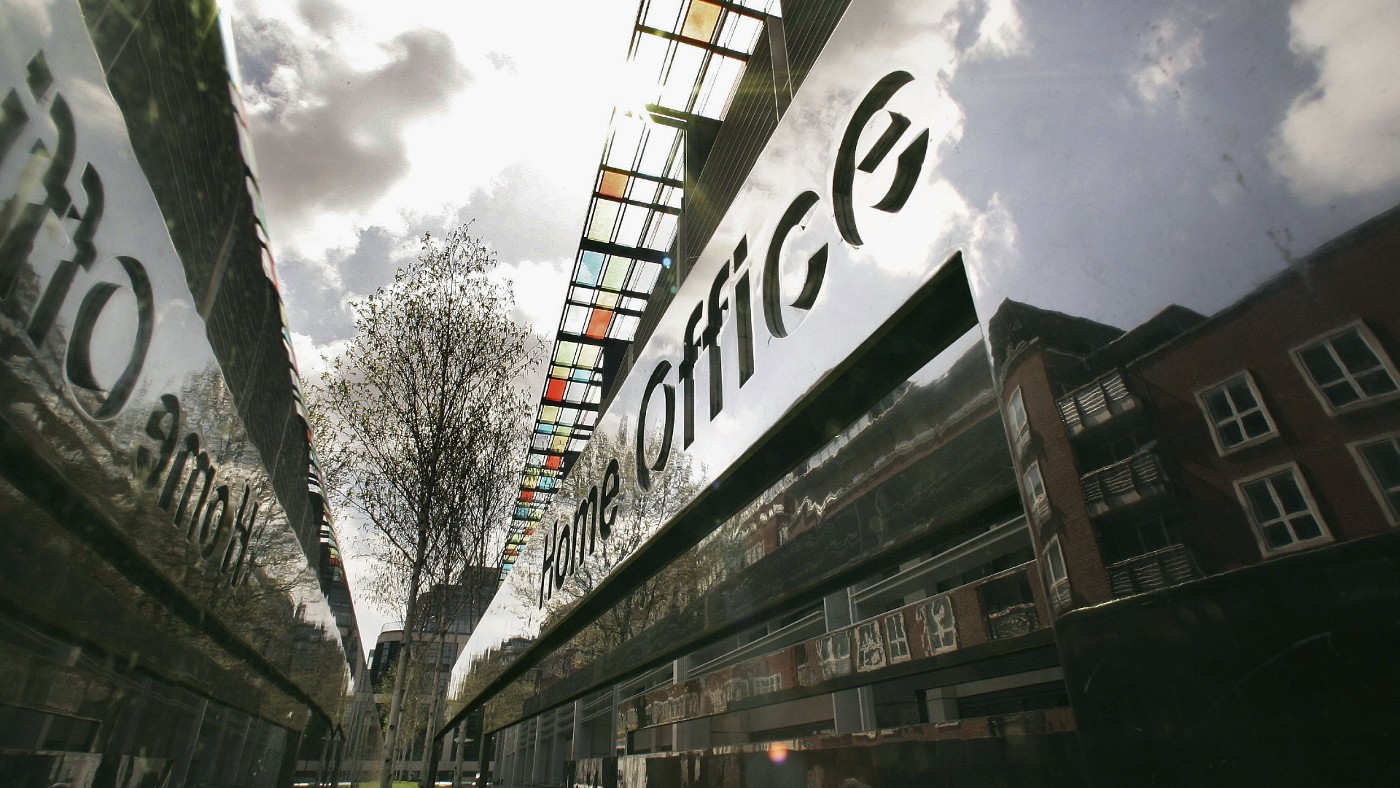 Home Office worker accused of spiking mistress’s drink with abortion drug
Home Office worker accused of spiking mistress’s drink with abortion drugSpeed Read Darren Burke had failed to convince his girlfriend to terminate pregnancy
-
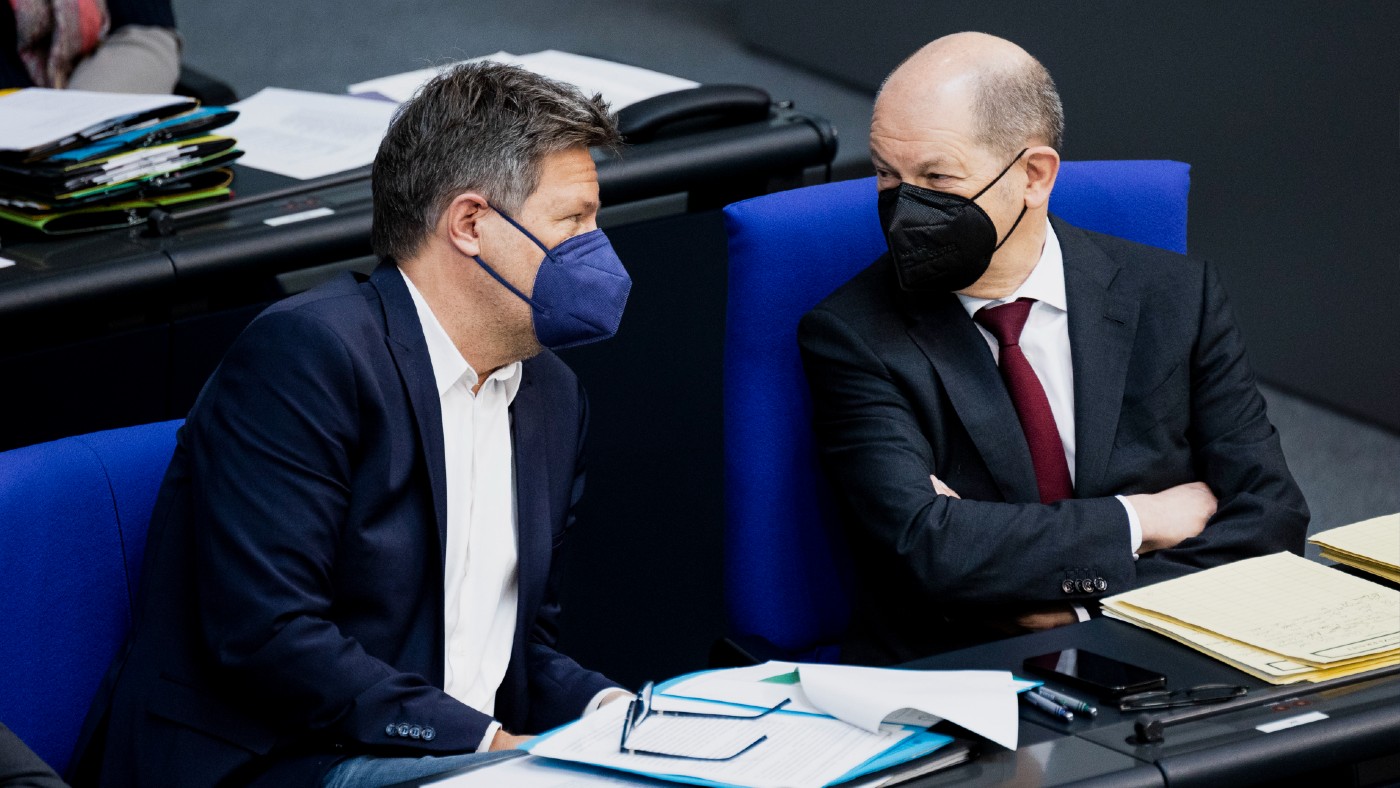 In hock to Moscow: exploring Germany’s woeful energy policy
In hock to Moscow: exploring Germany’s woeful energy policySpeed Read Don’t expect Berlin to wean itself off Russian gas any time soon
-
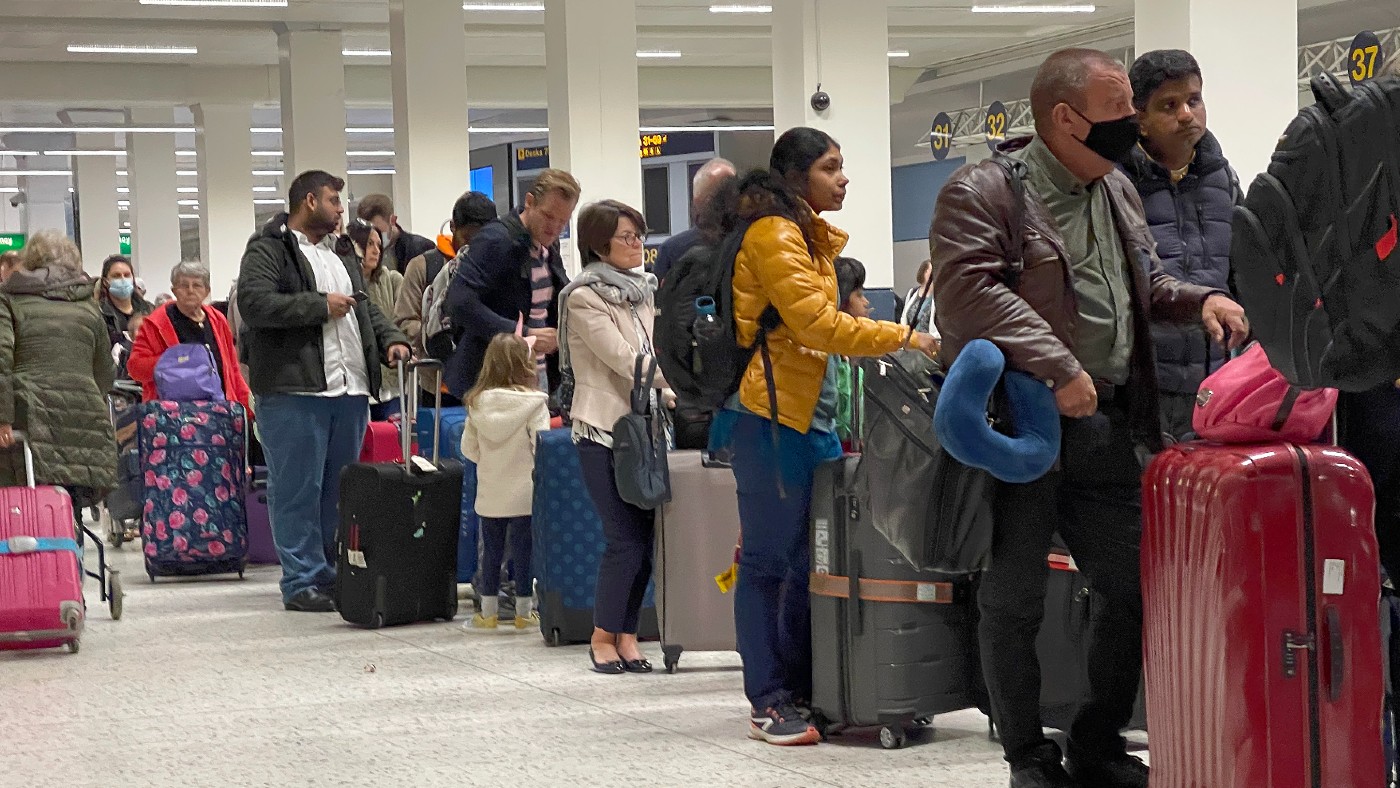 Were Covid restrictions dropped too soon?
Were Covid restrictions dropped too soon?Speed Read ‘Living with Covid’ is already proving problematic – just look at the travel chaos this week
-
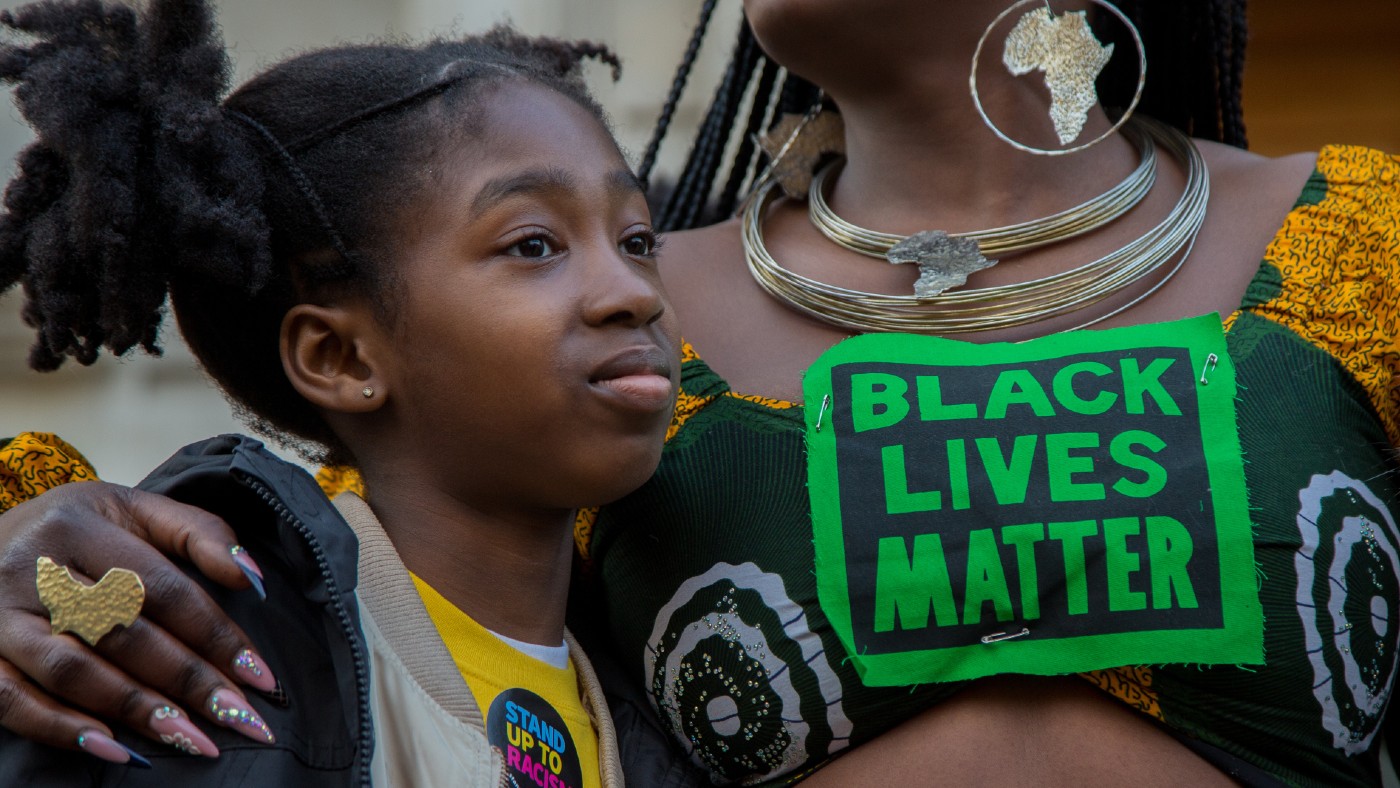 Inclusive Britain: a new strategy for tackling racism in the UK
Inclusive Britain: a new strategy for tackling racism in the UKSpeed Read Government has revealed action plan setting out 74 steps that ministers will take
-
 Sandy Hook families vs. Remington: a small victory over the gunmakers
Sandy Hook families vs. Remington: a small victory over the gunmakersSpeed Read Last week the families settled a lawsuit for $73m against the manufacturer
-
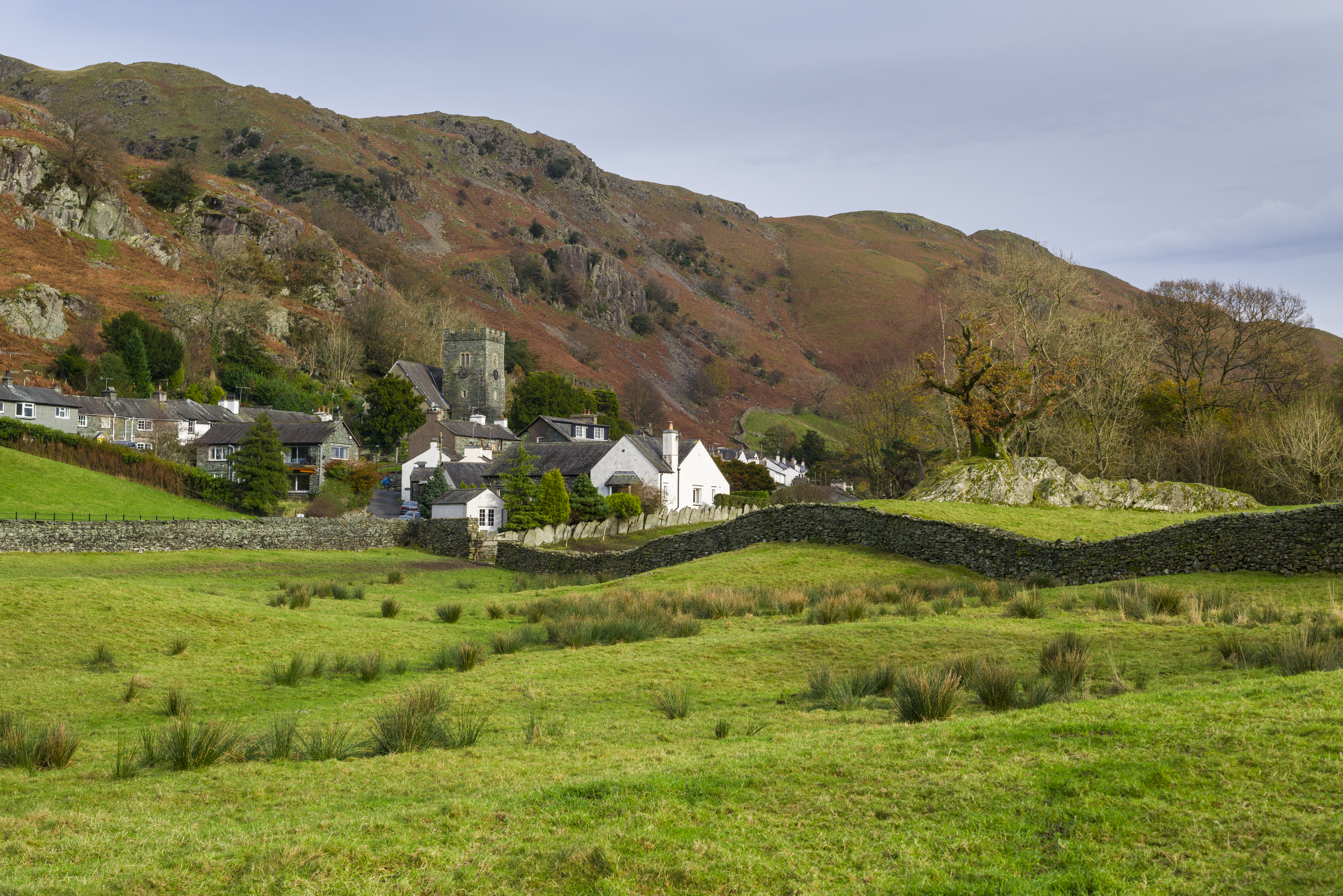 Farmers vs. walkers: the battle over ‘Britain’s green and pleasant land’
Farmers vs. walkers: the battle over ‘Britain’s green and pleasant land’Speed Read Updated Countryside Code tells farmers: ‘be nice, say hello, share the space’
-
 Motherhood: why are we putting it off?
Motherhood: why are we putting it off?Speed Read Stats show around 50% of women in England and Wales now don’t have children by 30